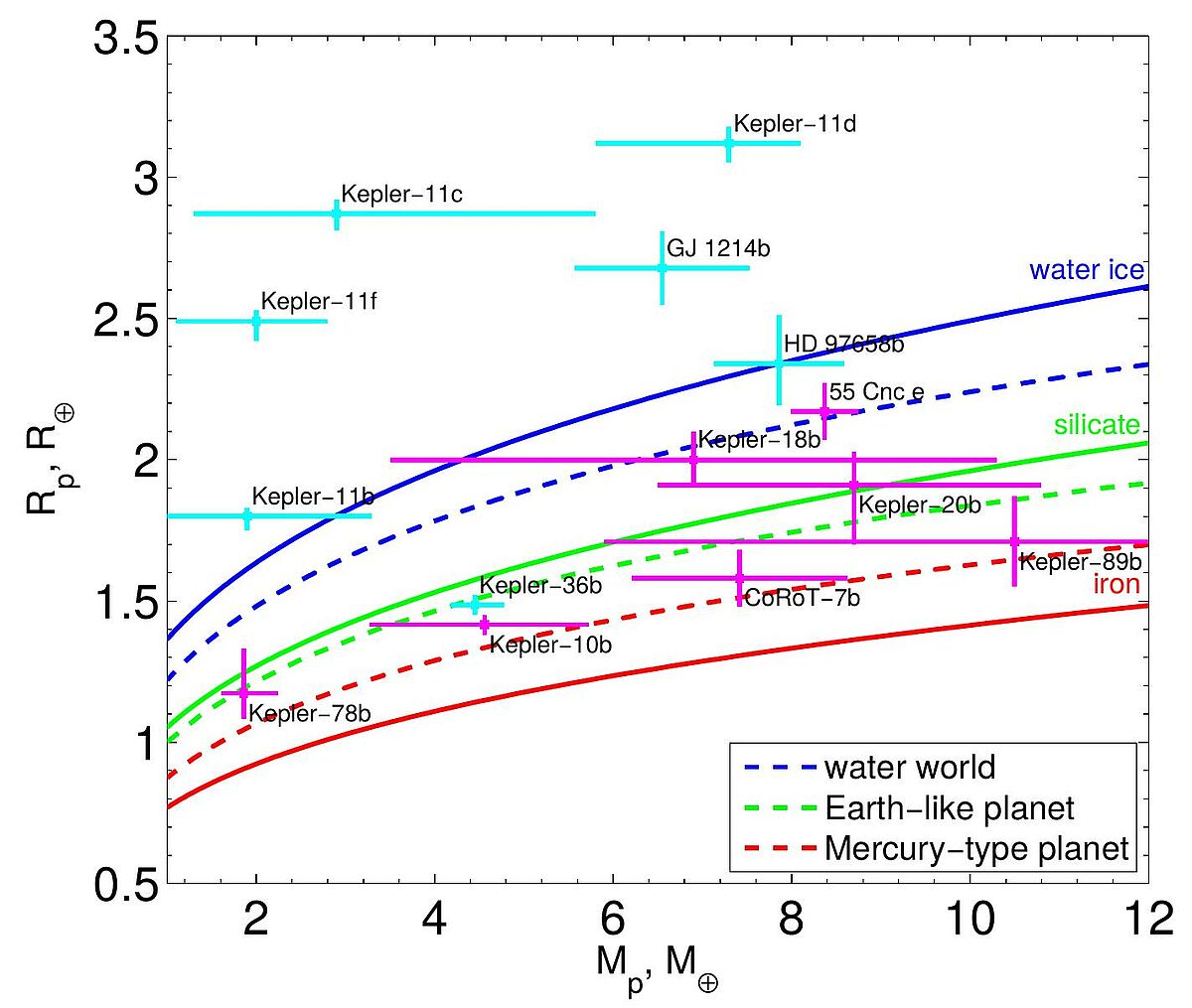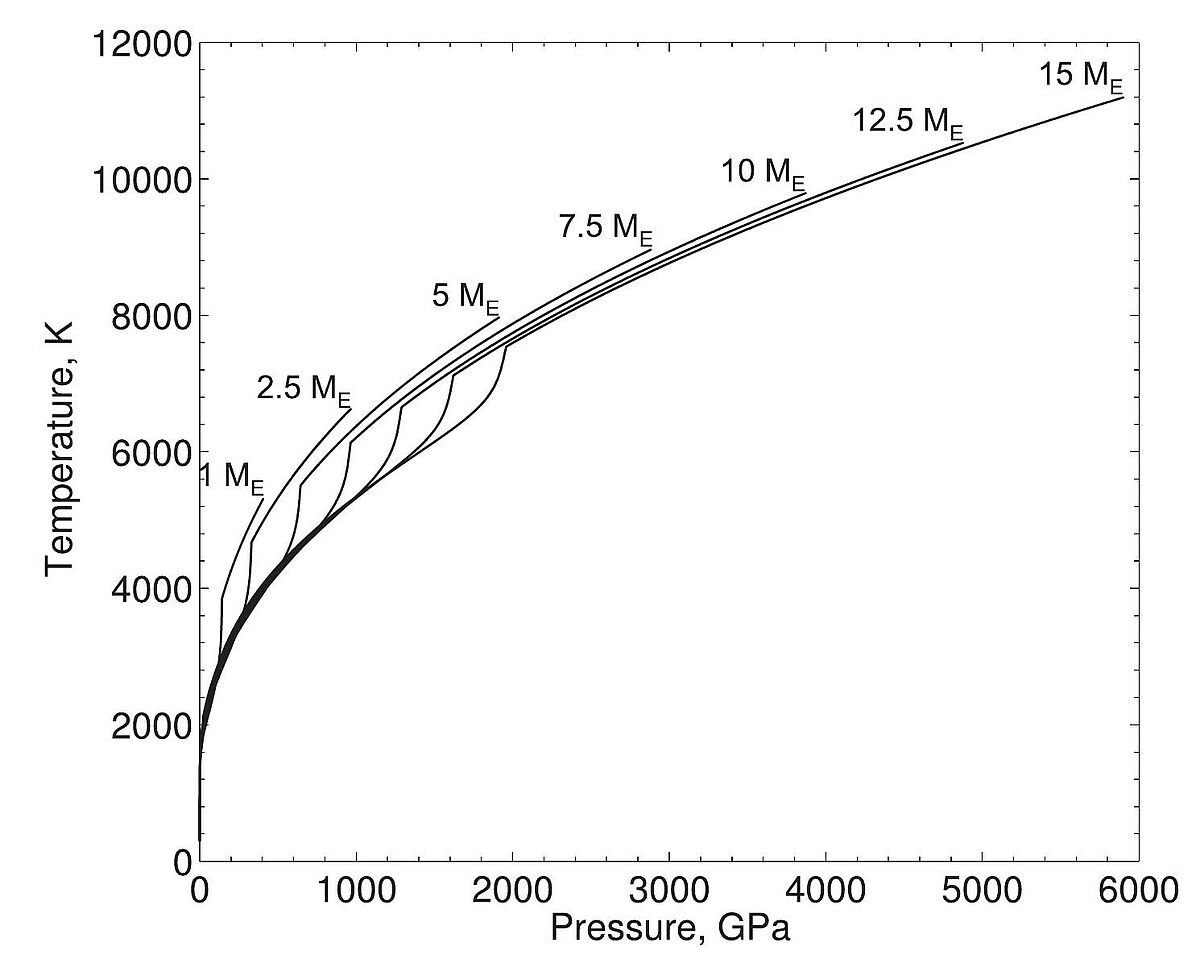Subproject 4: Structural and thermal models of rocky planets and solid exoplanets
PIs: F. Sohl, D. Breuer and T. Spohn, Postdoc: S. Padovan
The project is aimed at the construction of models of the interior structure and thermal budget of generic terrestrial-type planets of given mass and radius in the super-Earth regime and of rock/metal cores of Neptune-like planets. Structural models of solid bodies are chemically layered and composed of volatile constituents, rock-forming elements, and metals such as iron, the latter concentrated in central cores. In the first funding period, the parameterization of these models will be based on thermal and trans- port properties such as thermal conductivity and expansivity, equation-of-state and phase diagram data that will be iteratively improved within other subprojects of this Research Unit through ab initio calculations (SP1, SP2) and laboratory experiments (SP7, SP8) of solid and liquid matter at high compression ratios. Since the convective energy transport in the silicate mantles of massive super-Earths could be inefficient owing to pressure effects on viscosity, the interplay between internal heat production, secular cooling and intrinsic luminosity or surface heat flow will be studied in detail. To partly overcome model ambi- guities, the calculated density profiles will be used to determine in close collaboration with subprojects SP5 and SP6 the secular or fluid Love number k2,f . The latter is an important measure for the concentration of mass toward the center and related to key observational parameters affected by planetary rotation and tides (SP6). In this way, we expect to derive novel, improved relationships between mass, radius, degree of internal differentiation, bulk composition and thermal budget of close-in solid exoplanets transiting their host stars.

Contact PIs
Dr. Frank Sohl, Deutsches Zentrum für Luft- und Raumfahrt e.V., Institut für Planetenforschung
Rutherfordstr. 2, 12489 Berlin
T: +49 (0)30 670 55 311, Email
Dr. Doris Breuer, Deutsches Zentrum für Luft- und Raumfahrt e.V., Institut für Planetenforschung
Rutherfordstr. 2, 12489 Berlin
T: +49 (0)30 670 55 301, Email
Dr. Tilman Spohn, Deutsches Zentrum für Luft- und Raumfahrt e.V., Institut für Planetenforschung
Rutherfordstr. 2, 12489 Berlin
T: +49 (0)30 670 55 300, Email

